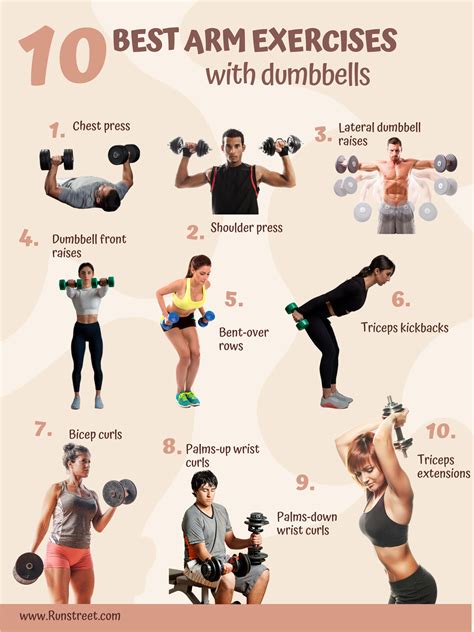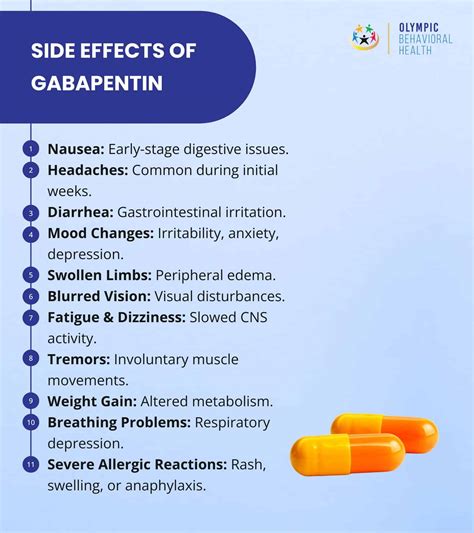Engaging in regular physical activity is essential for maintaining overall health and wellness. With increasingly busy schedules, finding the time to visit a gym or fitness studio can be challenging. Fortunately, there are numerous exercises that can be done from the comfort of your own home, requiring little to no equipment. These at-home exercises can help you stay active, build strength, and improve flexibility, all while saving time and money.
Understanding the Importance of Home Exercises
Before diving into the various exercises you can do at home, it’s crucial to understand why they are so important. Regular exercise, whether at home or in a gym, contributes to:
- Weight Management: Exercises help burn calories and build muscle, which is essential for weight management.
- Improved Mental Health: Physical activity releases endorphins, which can help reduce symptoms of anxiety and depression.
- Increased Strength and Flexibility: Regular exercise, especially resistance and stretching exercises, can improve muscle strength and flexibility.
- Better Sleep: Regular physical activity can help improve sleep quality.
Equipment-Free Exercises
Not all exercises require equipment. Here are some effective bodyweight exercises that can be done anywhere:
- Push-Ups: Works the chest, shoulders, and triceps. To perform a push-up, start in a plank position with your hands shoulder-width apart and your feet hip-width apart. Lower your body until your chest almost touches the ground, then push back up to the starting position.
- Squats: Targets the legs and glutes. Stand with your feet shoulder-width apart, then bend your knees and lower your body down until your thighs are parallel to the ground. Push through your heels to return to standing.
- Lunges: Another leg exercise that also engages your core. Stand with your feet together, take a large step forward with one foot, and lower your body down until your back knee almost touches the ground. Push back up to the starting position and repeat with the other leg.
- Planks: Excellent for building core strength. Start in a plank position with your hands shoulder-width apart and your feet hip-width apart, engaging your core muscles to support your body. Hold this position for as long as you can.
- Dips (using a chair or bench): Works the triceps. Sit on the edge of a chair or bench with your hands grasping the edge and your feet flat on the floor. Lower your body down by bending your elbows until your arms are bent at a 90-degree angle. Straighten your arms to return to the starting position.
Exercises with Minimal Equipment
With just a few pieces of equipment, you can significantly expand your exercise repertoire at home. Some essential items include:
- Resistance Bands: Inexpensive and lightweight, these bands provide resistance to help build strength. They can be used for a variety of exercises, such as bicep curls, tricep extensions, and chest presses.
- Dumbbells: A pair of dumbbells can be used for a wide range of exercises, including shoulder presses, bicep curls, and tricep extensions.
- Yoga Mat: Essential for comfort and grip during floor exercises. A yoga mat can provide cushioning and support for your joints, as well as help prevent slipping and falling.
Some exercises you can do with these items include:
- Bicep Curls (with dumbbells): Stand with your feet shoulder-width apart, hold a dumbbell in each hand with your palms facing forward, and curl the dumbbells up towards your shoulders. Lower the dumbbells back down to the starting position and repeat.
- Tricep Extensions (with dumbbells or resistance bands): Hold a dumbbell or resistance band behind your head with your arms extended, then lower the weight down behind your head by bending your elbows. Straighten your arms to return to the starting position.
- Shoulder Press (with dumbbells): Stand with your feet shoulder-width apart, hold a dumbbell in each hand at shoulder height with your palms facing forward, and press the dumbbells straight up over your head. Lower the dumbbells back down to the starting position and repeat.
Creating a Home Workout Routine
To get the most out of your at-home exercises, it’s helpful to create a routine. Consider the following steps:
- Set Your Goals: Decide what you want to achieve through your workouts, whether it’s weight loss, muscle gain, or improved flexibility.
- Choose Your Exercises: Select a variety of exercises that target different parts of your body and provide a good balance of strength, flexibility, and cardiovascular health.
- Create a Schedule: Plan out when and how often you will exercise, aiming for at least 30 minutes of moderate-intensity exercise per session, 3-4 times a week.
- Start Slow: Begin with shorter sessions and gradually increase the duration and intensity as your body adapts.
- Warm-Up and Cool-Down: Always start with a warm-up to prepare your muscles for exercise and end with a cool-down to prevent injury and reduce soreness.
Staying Motivated
Staying motivated can be one of the biggest challenges when it comes to exercising at home. Here are some tips to help you stay on track:
- Find a Workout Buddy: Exercising with a friend or family member can make the experience more enjoyable and help you stay accountable.
- Track Your Progress: Keep a workout log or use a fitness app to track your progress, which can help motivate you to continue.
- Reward Yourself: Set small rewards for reaching your workout milestones, such as a new piece of workout gear or a relaxing bath after a particularly tough session.
- Vary Your Routine: Change up your exercises and routine periodically to avoid boredom and prevent plateaus.
Conclusion
Exercising at home can be a convenient, cost-effective, and highly beneficial way to improve your health and fitness. With a little creativity and motivation, you can create a home workout routine that meets your needs and helps you achieve your goals. Remember to always listen to your body, stay hydrated, and consult with a healthcare professional if you have any concerns about starting a new exercise program.
FAQ Section
What are the benefits of exercising at home?
+Exercising at home offers several benefits, including convenience, cost-effectiveness, privacy, and the ability to work out at any time. It can also be less intimidating for those who are new to exercise or prefer not to work out in a public gym setting.
How often should I exercise at home?
+Aim for at least 30 minutes of moderate-intensity exercise per session, 3-4 times a week. However, the frequency and duration can vary based on your fitness goals and current level of activity. It’s also important to include rest days to allow your body to recover.
What kind of equipment do I need to exercise at home?
+You can start with bodyweight exercises that require no equipment at all. For variety and to challenge yourself further, consider investing in a few pieces of minimal equipment like resistance bands, dumbbells, and a yoga mat.
How can I stay motivated to exercise at home?
+Staying motivated can be challenging, but finding a workout buddy, tracking your progress, varying your routine, and rewarding yourself for milestones achieved can help. Additionally, setting clear, achievable goals and reminding yourself of the benefits of regular exercise can provide ongoing motivation.



